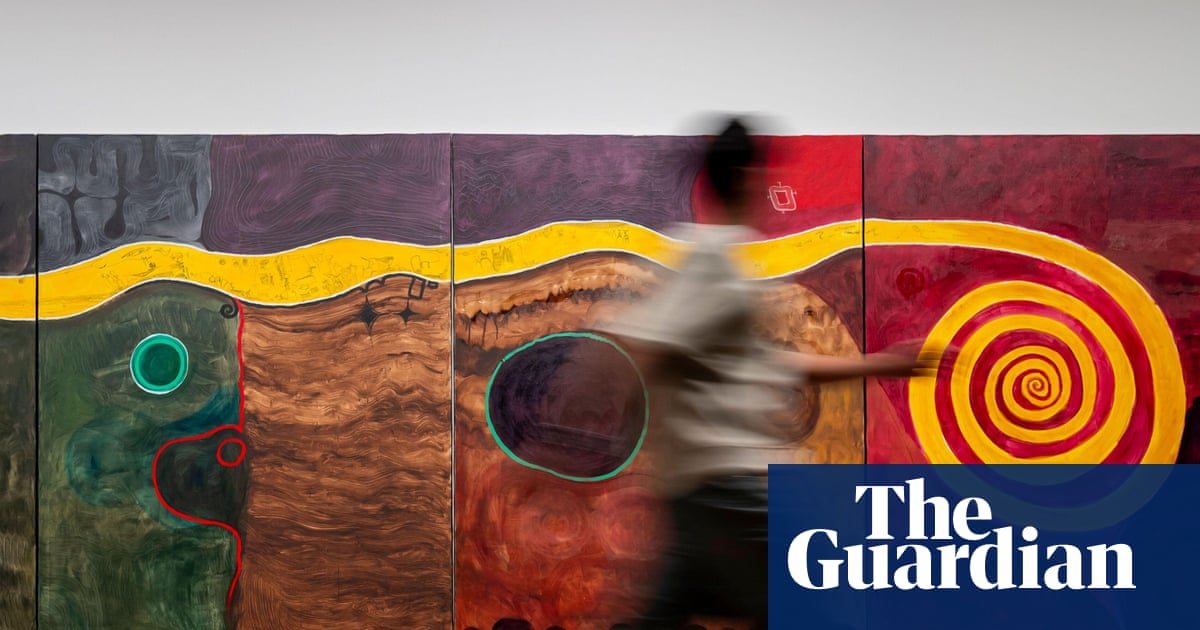What distinguishes modern Nigerian art from its traditional form? I had this question in mind when I attended a private viewing of Tate Modern’s new exhibition, Nigerian Modernism, which traces artwork from the period of indirect colonial rule to post-independence.
Walking through the gallery with the curator Osei Bonsu, learning about the incredible ways in which modern Nigerian artists sought to define, shape and rebel against the beautiful but contested state, I found answers.
‘The arrival of an independent Nigeria’
Osei Bonsu, the curator of international art at Tate Modern alongside assistant curator Bilal Akkouche, tells me that Nigerian Modernism is around three years in the making, though his initial research began as early as the Covid pandemic. “I was able to research the collections of the Universities of Birmingham, York and Chichester, all of which have really rich African collections.” He found that modern Nigerian artists were often categorised within ideas of “traditional” African art, which he felt decontextualised the work and severed its links to modernity.
View image in fullscreen Intricate textile design … Nike Davies-Okundaye’s adire pieces place the mythological into the right context. Photograph: Guy Bell/Alamy Live News
Many of the artists in Nigerian Modernism grappled with this question of cultural nationalism and identity, which had been shaped as much by interactions with European colonial culture as by their heritage.
Continue Reading on The Guardian
This preview shows approximately 15% of the article. Read the full story on the publisher's website to support quality journalism.
